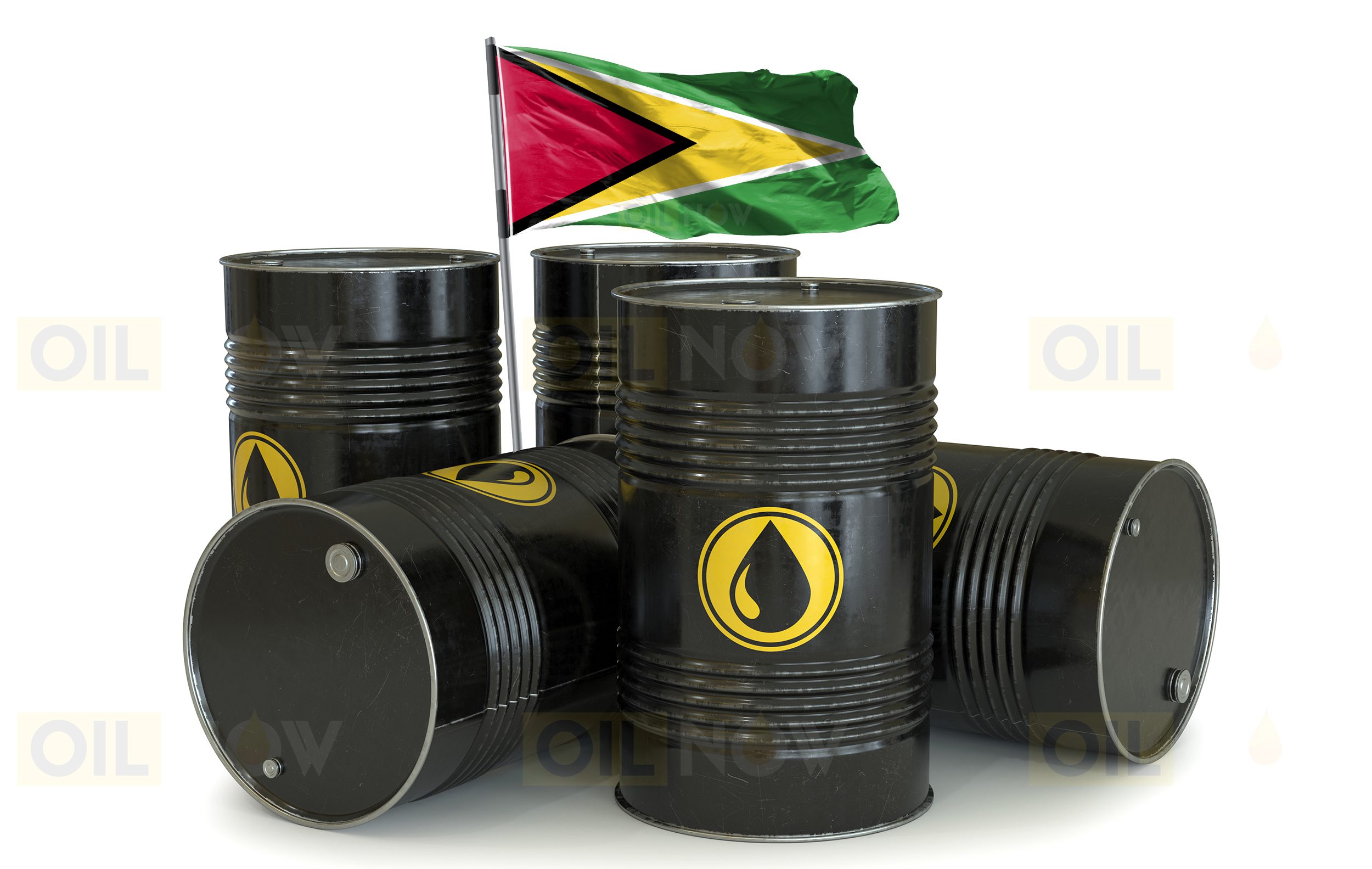As the Canadian Trans Mountain pipeline expansion project nears completion, likely in Q2 2024, an analyst from S&P Global Commodity Insights forecasts a shift in the dynamics of crude oil imports into the U.S. West Coast. This suggests a heightened competitive environment for barrels like those coming out of Guyana.
Beth Brown, Associate Editorial Director for Americas crude price assessments at S&P Global Commodity Insights, discussed the impact the Trans Mountain expansion is poised to have on the market during a podcast LatAm shuffles the heavy sour oil deck in the Americas. The expansion project, which aims to triple the Canadian pipeline’s capacity to 890,000 barrels per day, is set to transform Canada’s crude export capabilities.
“I think that the actual home of where those barrels will end up is the big question mark that everyone in both Western Canada, the U.S. West Coast, and Latin America is all trying to figure out because the U.S. West Coast right now is really diversified grounds for imports from the Atlantic basin, from South America, and from Asia,” Brown said.
She noted that the increased export capacity for Canadian heavy sour crude could challenge established trading patterns, even for lighter grades like Guyana’s, some of which have ended up on the U.S. West Coast. Market dynamics suggest that other producers may respond to the challenge by adjusting their pricing strategies to maintain market share.
According to Brown, “We saw just last week a trade in the Platts Market on Close process for Liza crude out of Guyana. That trade happened at Dated Brent minus 1.60, which was a little bit lower than the previous levels. And when we talked to people about why the prices were falling. We’re already starting to hear people say it’s because of some of this uncertainty around West Coast buying for crude out of Guyana.”
Brown believes Ecuador’s Oriente barrels are likely to be the first to be priced out of the U.S. West Coast markets, out of a pool of producers that include Brazil and Guyana.
Guyana’s crude output will continue to increase this decade, with current levels just over 600,000 b/d expected to double by 2027.



